Small business owner sits sadly when regular customers are few and far between
At Ben Thanh market (Ben Thanh ward), one of the busiest markets in Ho Chi Minh City, the atmosphere is now very different from before.
Ms. Hoa, who has been working at the garment stall here for more than 10 years, sadly said that the number of customers has decreased by nearly half compared to the time before the Covid-19 pandemic. “There are still long-time customers, but now they go to the market much less. Many people told me frankly that they only come out to buy a few things on weekends for fun, to enjoy the market atmosphere, but when they are too busy on weekdays, they just open their phones to order online for convenience,” Ms. Hoa said.

Instead of bustling trading scenes, the image of traders sitting and scrolling through their phones or waiting for customers has become familiar at traditional markets (Photo: Quynh Nhi).
Sharing the same situation, Ms. Lan, a long-time trader at the market, sadly shared: “Business is very unstable now. Some days I sell from early morning to late afternoon, and after deducting all expenses, I just break even, and some days I even have to make up for losses. I just try to survive day by day and don’t dare to think about getting rich like before.”
The feelings of Ms. Hoa and Ms. Lan are also the common feelings of many small traders in other traditional markets in HCMC today. They clearly feel the change in consumer habits, but are almost helpless.
Behind the stalls of clothing and accessories in traditional markets, the trading atmosphere is no longer as bustling as before. Instead, there are sighs and thoughtful looks from small traders who are struggling in a silent battle for survival under the pressure of modern consumerism. They are stuck in a spiral of increasing costs and a decreasing number of customers. There are times when purchasing power is only 1/10 of what it was before.
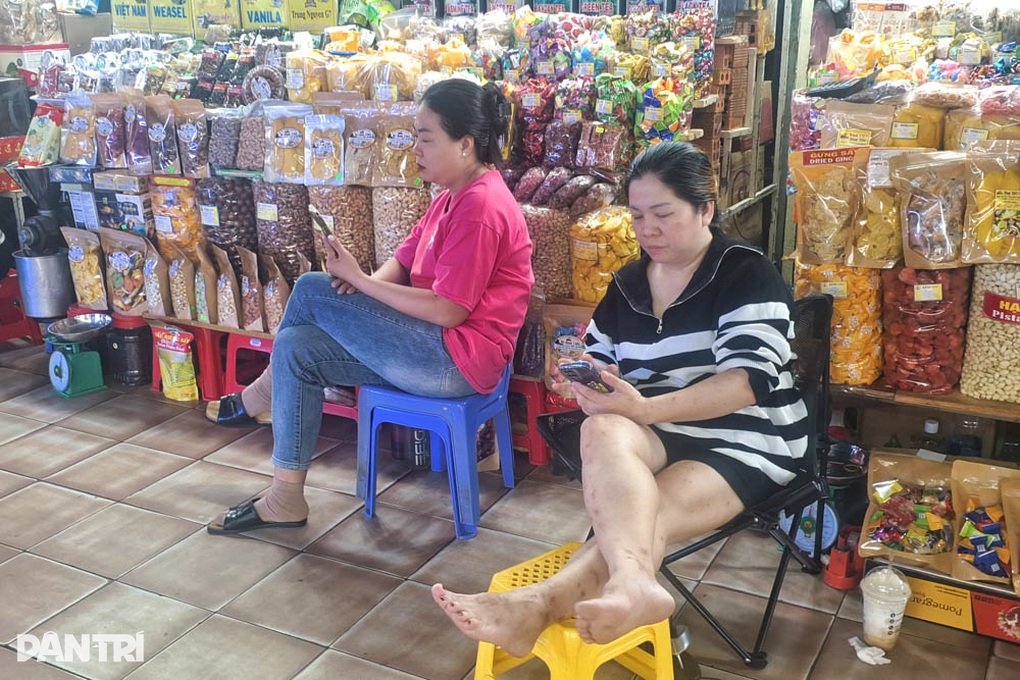
Small traders doing business at Ben Thanh market area (Photo: Quynh Nhi).
This sad reality is evidenced by walking around the big markets now, it is not difficult to see the image of many stalls closed, covered in dust, or hastily hung up "for sale" signs in the hope of finding a successor. Many people have had to accept leaving behind the profession they have been attached to for decades to find another more stable job.
Changing shopping habits
According to records, traditional markets have gradually lost their appeal over the past 5-7 years and have become sluggish after the Covid-19 pandemic when consumers' shopping habits have changed dramatically. Consumers are going to the market less and less, and instead, they shop online more thanks to strong technology development and endless promotions.
The image of bustling traditional markets and the bustling bargaining sounds of the past has gradually given way to the convenience of delivery apps. Many other housewives, instead of having to arrange their time, face the unpredictable weather and crowded space of traditional markets, can now easily choose from meat, fish, vegetables to other necessities with just a few operations on the phone.
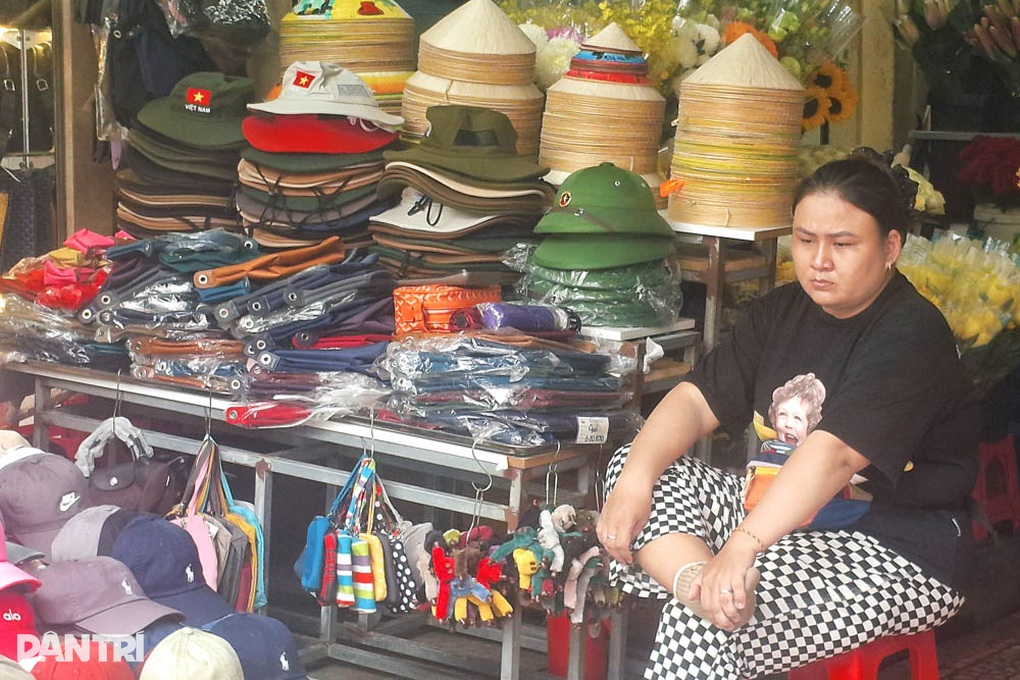
It is not difficult to see the scene of traders waiting for customers to come shopping at traditional markets (Photo: Quynh Nhi).
Ms. Minh Nguyet (Ban Co Ward, HCMC) shared: “Before, I often went to Tan Dinh market to buy breakfast and food, but now I just need to order through the app and have it delivered to my home. With a busy job, this helps me save a lot of time and effort, no longer having to worry about the sun, rain or crowds.”
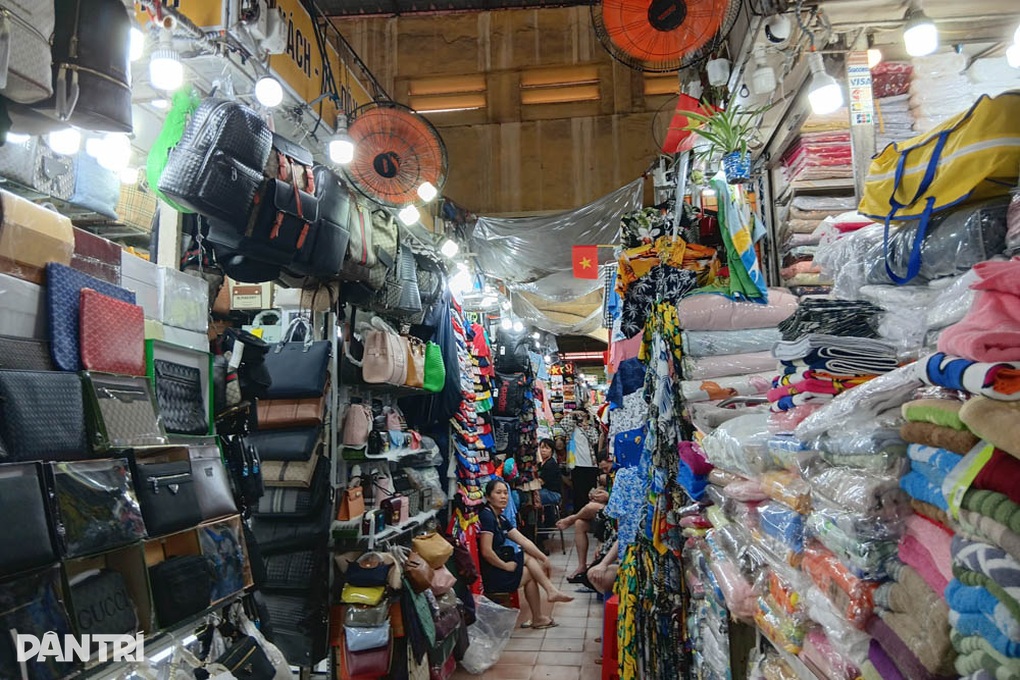
The stalls are full of goods, but there are few buyers (Photo: Quynh Nhi).
It is worth noting that this trend is no longer the prerogative of the tech-savvy generation. Even grandmothers and mothers, who are deeply attached to the culture of going to the market, are gradually changing. The appeal of the new shopping model lies in transparency and safety. The clear price list, traceable origin of goods, and the ability to compare prices instantly on the phone give them a sense of trust and better control over spending.
Facing this strong wave, traditional markets are facing unprecedented challenges. The number of regular customers, especially young customers, is increasingly scarce.
What hope for the future?
Nowadays, if someone goes to some traditional markets, the image that is easily seen is no longer the bustling scene of buyers and sellers, but rather the small traders sitting and scrolling on their phones, tiredly waiting for customers in deserted aisles.
Revenues are down, but every day, small businesses still have to face the burden of fixed costs that do not decrease: rent, electricity, water, taxes and other management fees. As profits dwindle, these expenses become an invisible pressure, eroding their strength and finances.
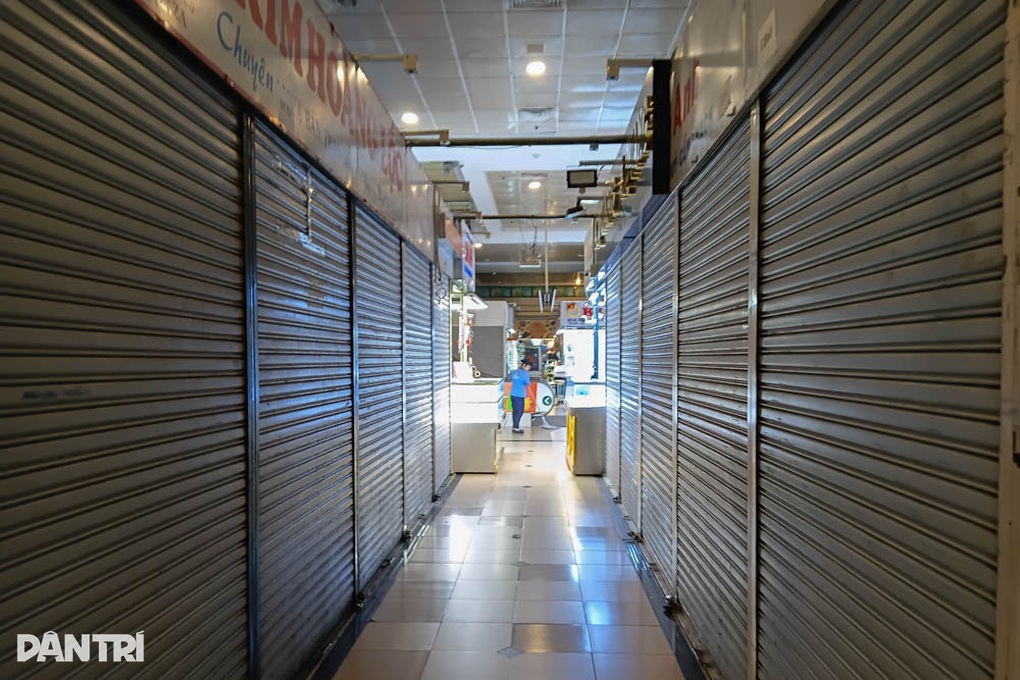
Many stalls have had to close, the desolate scene in a few stalls that are still struggling to stay open, proves the difficulties of small traders in the gloomy business context (Photo: Quynh Nhi).
However, when asked about their future plans, most of those who are still here today still express their desire to stay with their stalls and familiar markets. For them, “the market is not just a place to make a living, but it is their whole life, a place they have been attached to for decades”. It is the clinging of emotions, of habits and of a culture that is gradually fading away in the face of the constant flow of modern society.
However, traditional markets are clearly declining compared to other modern shopping channels, especially online shopping. Without supportive policies from management agencies and a strong transformation of small traders to reconcile their inherent uniqueness with the demands of modern consumers, these markets with the soul of the city will soon become a symbol of the past.
Performed by: Hong Nhung, Quynh Nhi
Source: https://dantri.com.vn/kinh-doanh/cho-van-mo-nguoi-ban-van-ngoi-chi-khach-quen-khong-con-tro-lai-20251101145909065.htm


![[Photo] General Secretary To Lam receives Singaporean Ambassador Jaya Ratnam](https://vphoto.vietnam.vn/thumb/1200x675/vietnam/resource/IMAGE/2025/11/03/1762171461424_a1-bnd-5309-9100-jpg.webp)
![[Photo] Fall Fair 2025 and impressive records](https://vphoto.vietnam.vn/thumb/1200x675/vietnam/resource/IMAGE/2025/11/03/1762180761230_ndo_br_tk-hcmt-15-jpg.webp)
![[Photo] Prime Minister Pham Minh Chinh receives the Chairman of the Japan-Vietnam Friendship Association in the Kansai region](https://vphoto.vietnam.vn/thumb/1200x675/vietnam/resource/IMAGE/2025/11/03/1762176259003_ndo_br_dsc-9224-jpg.webp)
![[Photo] Lam Dong: Close-up of illegal lake with broken wall](https://vphoto.vietnam.vn/thumb/1200x675/vietnam/resource/IMAGE/2025/11/03/1762166057849_a5018a8dcbd5478b1ec4-jpg.webp)


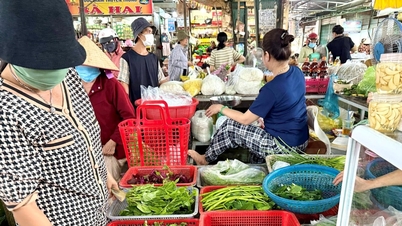








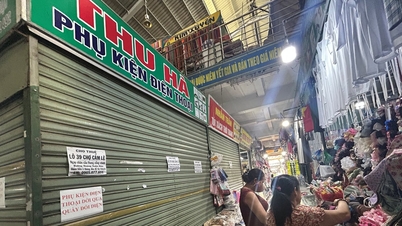






































































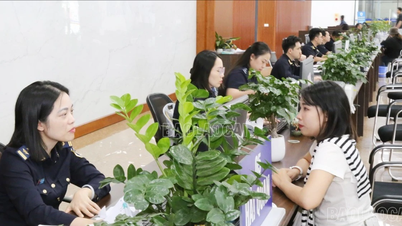






















Comment (0)